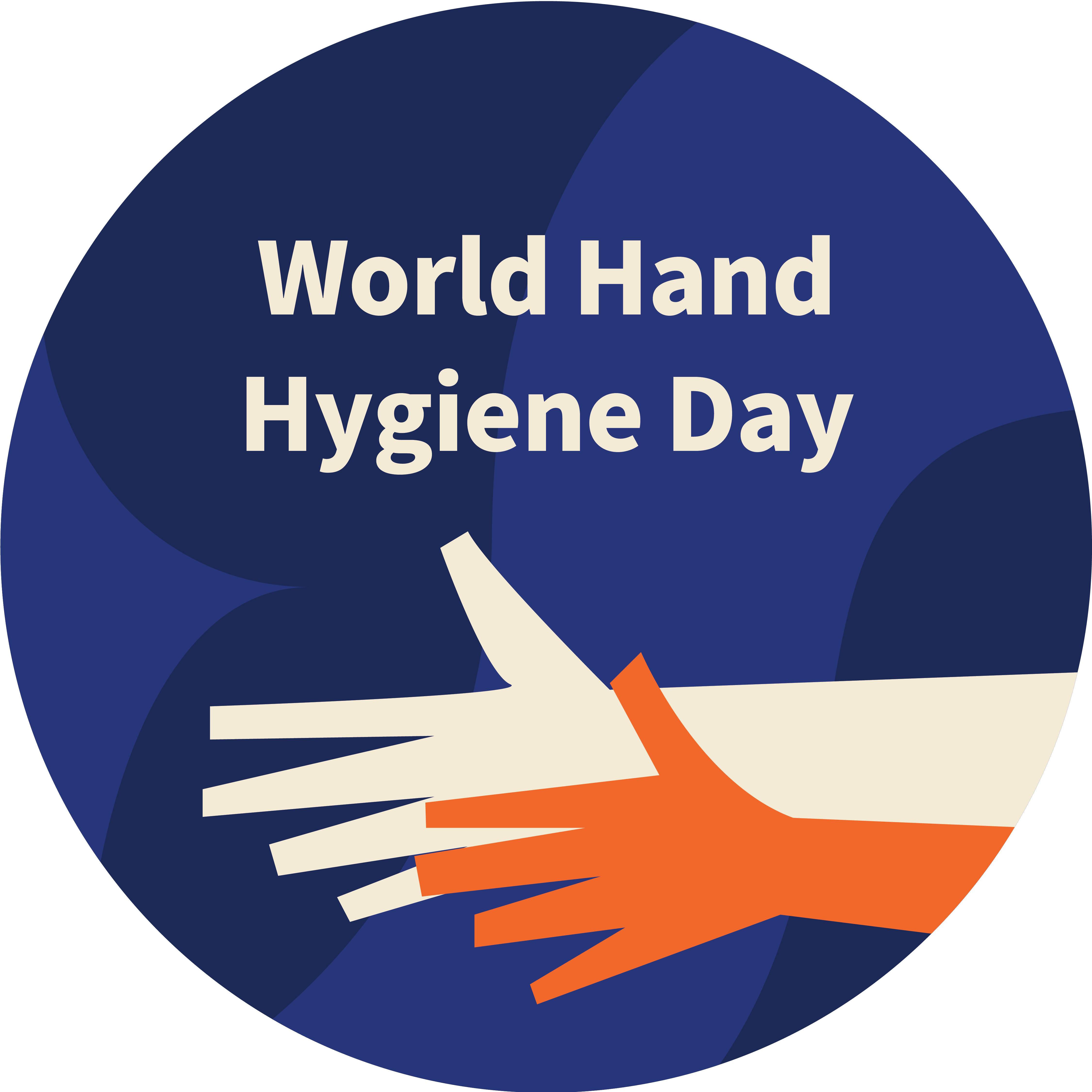Double manual versus automated cleaning of loaner depth gauges used in clinical practice
DOI:
https://doi.org/10.3396/ijic.v19.22536Keywords:
surgical instruments, equipment reuse, disinfection, sterilisation, Smartphone; Health personnel; Biofilms; Equipment contamination, adenosine triphosphate, BrazilAbstract
Background: Automated cleaning is recommended for reprocessing complex design surgical instruments, as it is reproducible and cleaning parameters can be controlled. However, automated equipment may not be a reality for many hospitals, particularly in lower-middle income countries.
Objective: The aim of this study was to compare the effectiveness of double manual cleaning and automated cleaning of depth gauges in use in clinical practice and supplied in a loaner system.
Design: Twenty four depth gauges available for use in a loaner system were evaluated before double manual cleaning (Group 1) or immediately after double manual cleaning (Group 2), or automated thermal disinfector cleaning (Group 3) or automated ultrasonic cleaning (Group 4). Thereafter, the depth gauges in each group were analysed by visual inspection (n = 24), bacterial culture (n = 12), and adenosine triphosphate (ATP) test (n = 12).
Results: Stains, grooves, oxidation or visible debris were detected on at least one of the depth gauges from each group, and most were positive for bacterial growth (n = 11/12). Cleaning methods significantly reduced the amount of ATP (P < 0.05), except for automated ultrasonic cleaning.
Conclusions: Double manual cleaning of depth gauges was similar to automated cleaning in a thermal disinfector, suggesting the possibility for implementing double manual cleaning as an alternative in sterilising service units where automated cleaning equipment is not avaliable.
Downloads
References
Tipple AFV, Costa DM, Lopes LKO, Veloso TR, Pereira LA, Hu H, et al. Reprocessing of loaned surgical instruments/implants in Australia and Brazil: a survey of those at the coalface. Infect Dis Health 2022; 27(1): 23–30. https://doi.org/10.1016/j.idh.2021.09.003
Ministério da Saúde. Agência Nacional de Vigilância Sanitária (ANVISA). Resolução da Diretoria Colegiada Nº 15 de março de 2012. Dispõe sobre requisitos de boas práticas para o processamento de produtos para saúde e dá outras providências. Brasília: Ministério da Saúde; 2012.
Rutala WA, Gergen MF, Weber DJ. Efficacy of different cleaning and disinfection methods against Clostridium difficile spores: Importance of physical removal versus sporicidal inactivation. Infect Control Hosp Epidemiol 2012; 33(12): 1255–58. https://doi.org/10.1086/668434
Costa DM, Lopes LKO, Tipple AFV, Johani K, Hu H, Deva AK, et al. Evaluation of stainless-steel surgical instruments subjected to multiple use/processing. Infect Dis Health 2018; 23(1): 3–9. https://doi.org/10.1016/j.idh.2017.08.004
Trindade JP, Vasconcelos LS, Ribeiro EL, Watanabe E, Tipple AF. Does storage of silicone tubes prior to packaging prevent sterilization? Acta Paul Enferm 2018; 31(5): 518–24. http://doi.org/10.1590/1982-0194201800072
Winthrop TG, Sion BA, Gaines C. Loaner Instrumentation: processing the unknown. AORN J 2007; 85(3): 566–73. https://doi.org/10.1016/S0001-2092(07)60128-8
Costa DM, Lopes LKO, Vickery K, Watanabe E, Leão-Vasconcelos LSNO, Paula MC, et al. Reprocessing safety issues associated with complex-design orthopaedic loaned surgical instruments and implants. Injury 2018; 49(11): 2005–12. https://doi.org/10.1016/j.injury.2018.09.006
Lopes LKO, Costa DM, Tipple AFV, Watanabe E, Castillo RB, Hu H, et al. Complex design of surgical instruments as barrier for cleaning effectiveness, favouring biofilm formation. J Hosp Infect 2019; 103(1): 53–60. https://doi.org/10.1016/j.jhin.2018.11.001
Whiteley GS, Glasbey T, Fahey PP. A suggested sampling algorithm for use with ATP testing in cleanliness measurement. Infect Dis Health 2016; 21(4): 169–75. https://doi.org/10.1016/j.idh.2016.11.003
Costa DM, Castillo R, Vickery K, Tipple AFV, Lopes LKO, Hu H. Hinged surgical instruments: efficacy of double manual cleaning versus automated cleaning on biofilm removal. J Hosp Infect 2022; 124: 67–71. https://doi.org/10.1016/j.jhin.2022.03.011
Published
How to Cite
Issue
Section
License
Copyright (c) 2023 Isabela Marra de Queiroz Boff, Dayane de Melo Costa, Débora Moura Miranda Goulart, Luiz Antônio Pereira, Michelle Augusta dos Santos, Lara Stefânia Netto de Oliveira Leão Vasconcelos, Anaclara Ferreira Veiga Tipple

This work is licensed under a Creative Commons Attribution 4.0 International License.
Authors retain copyright of their work, with first publication rights granted to IJIC. Read the full Copyright- and Licensing Statement.




